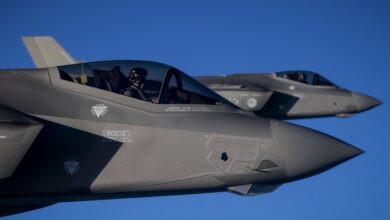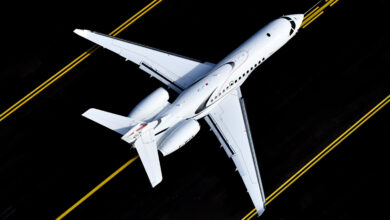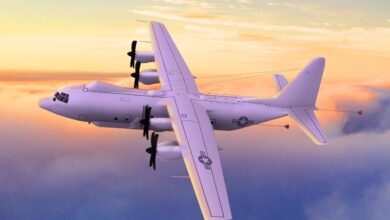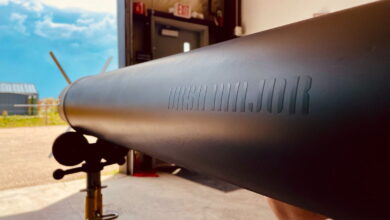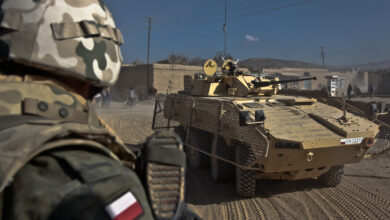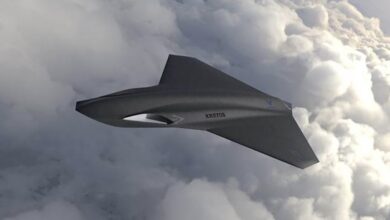Raytheon was awarded a $141 million contract to produce 1,260 Small Diameter Bomb II glide bombs and associated equipment, the U.S. Department of Defense said in a December 18 release.
The $141,447,329 firm-fixed-price contract (FA8672-19-C-0010) exercises an option to a 2010 contract, and provides for low-rate initial production for 1,260 SDB II Lot 5 munitions, 389 single-weapon containers, 344 dual-weapon containers, 20 “production reliability incentive demonstration effort captive vehicles” and tests, 36 weapon load and maintenance trainers, and data, the release said.
Work is expected to be completed by June 30, 2022.
In February, Raytheon was awarded a $77 million contract for 570 SDB II Lot 4 munitions, along with a similar range of containers and captive vehicles.
Precision stand-off strike glide bomb
The GBU-39 Small Diameter Bomb is a 250-pound precision-guided glide bomb with a stand-off range of more than 40 nautical miles (74 km). It uses a GPS-aided inertial navigation system to attack fixed or stationary targets.
It is designed to enable aircraft to carry a higher number of smaller, more accurate bombs. Many U.S. Air Force aircraft – including the F-15E, F-16, F-117, B-1, B-2, F-22 and F-35 – can carry a pack of four GBU-39 SDBs in place of a single 2,000-pound bomb. The GBU-39 was launched from F-22s to strike Taliban drug factories in Afghanistan in November.
In September, Boeing was awarded a $14 million contract for GBU-39 Small Diameter Bomb “focused lethality munition production assets.”
The variant ordered on Tuesday – GBU-53/B Small Diameter Bomb II – can only be carried by the F-15E and F-22, although the F-35 will be able to carry the weapon after a 2022 software upgrade. This variant adds a tri-mode seeker that enables radar and infrared homing, as well as semi-active laser guidance, and reportedly features automatic target recognition for strikes against mobile targets.
Another variant of this weapon, the GBU-39B/B Laser Small Diameter Bomb, integrates the JDAM’s semi-active laser, enabling the bomb to hit targets moving at up to 80 km/h (50 mph) and has been fielded by the U.S. Special Operations Command since 2014.




